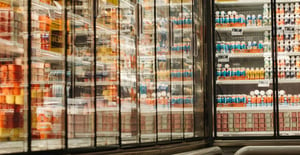
Food Facts - app
Better choices with facts
Food Facts is an innovative company that specializes in transforming standard industry data into intelligent food data using AI and algorithms. The core service involves a comprehensive food fact database that includes most products available in Swedish markets. This data is interpreted and indexed down to the ingredient level, and sustainability tags, such as palm oil free, vegan, low sugar and many more, are assigned. The purpose of this project was to leverage this intelligent data to create a mobile app that would help consumers make more informed and healthier food choices.
The assignment
- Customer Interviews
- UX Research
- Workshop Facilitation
- UX / UI Design
- Prototyping
- Requirements Specification and Coordination
- Customer insights
- Produktvärde matriser
- Prototypes
- User stories
- Mobile app design
- Design guides
- Increased knowledge about customers needs and decision making processes in selecting and comparing food products.
- App for iOS and Android to engage customers, promote Food Facts services and test food facts visualisation.
"People want to know more about food to live a better and more sustainable life."
Consumers lack accessible and reliable information about food, which hinders their ability to make informed and sustainable choices. Our hypothesis is that by providing accessible and reliable information about food, people will be empowered to make better and more sustainable choices in their daily lives. Consumers often have difficulty finding detailed nutrition and health information on food packaging. They also expressed a desire to have all product information readily available on their phones for easy comparison. The challenge was to design an app that would provide this information in a user-friendly manner, thereby improving the shopping experience and contributing to a more sustainable world.
Talking to users
We began by conducting extensive user research to gain a deep understanding of consumer behavior and identify the 'jobs to be done.' This involved:
- Customer Interviews: We conducted interviews with potential users to gather qualitative data on their shopping habits, pain points, and expectations.
- Field Research: We mapped out customer behavior in real-world settings, observing how they interacted with product packaging and made purchasing decisions.
- Behavioral Mapping: We analyzed the collected data to identify common patterns and key insights that would inform our design decisions.
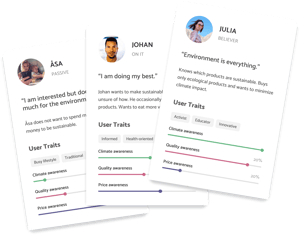
Adopting Lean UX
We adopted a Lean UX design process to ensure that we remained agile and user-focused throughout the project. This process included several iterative steps:
We focused on creating an intuitive and user-friendly experience. This involved designing user flows, wireframes, and interaction patterns that would make the app easy to navigate and use.
We worked closely with developers to create detailed requirements specifications. We coordinated the development process to ensure that the final product met all design and functionality expectations.
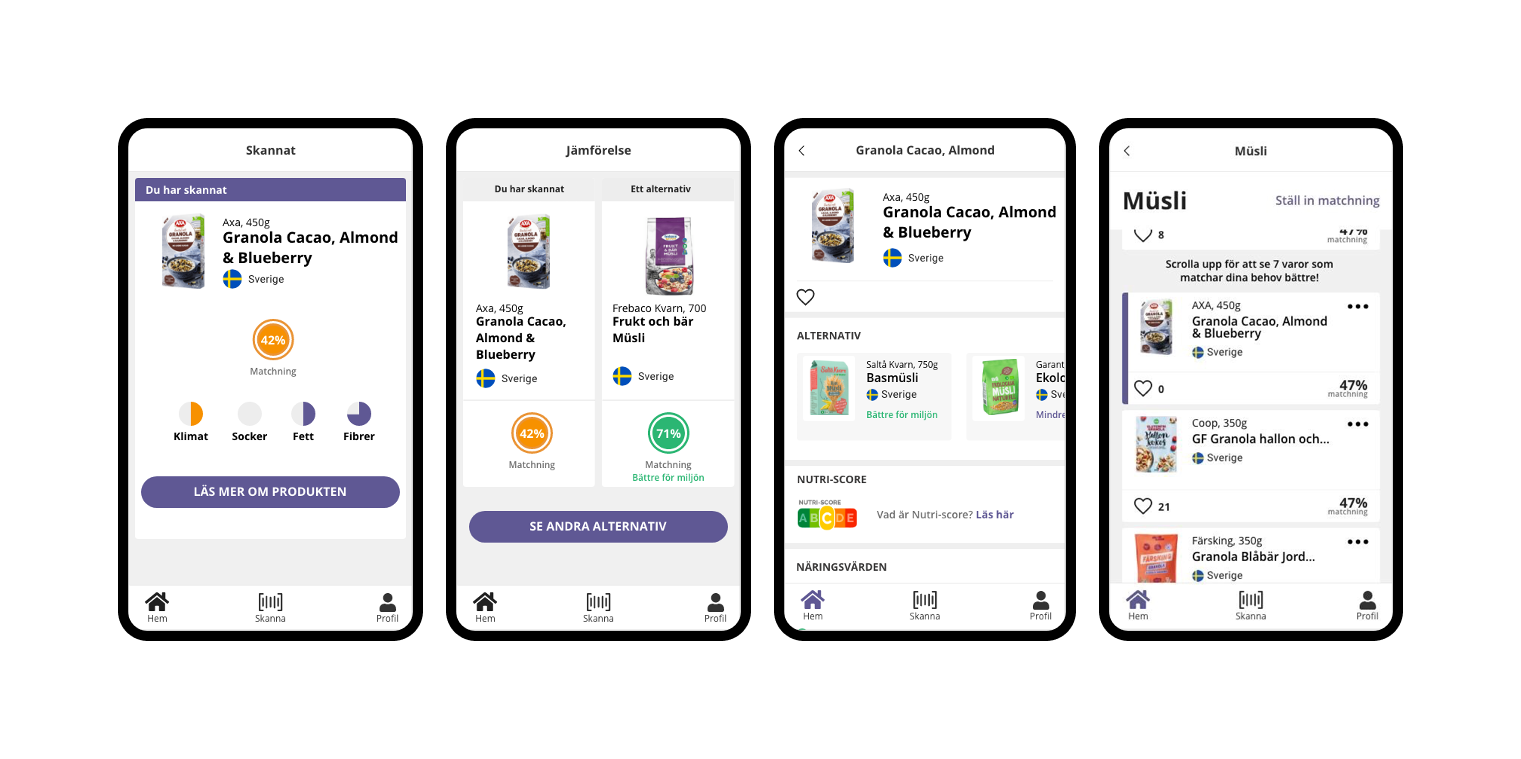
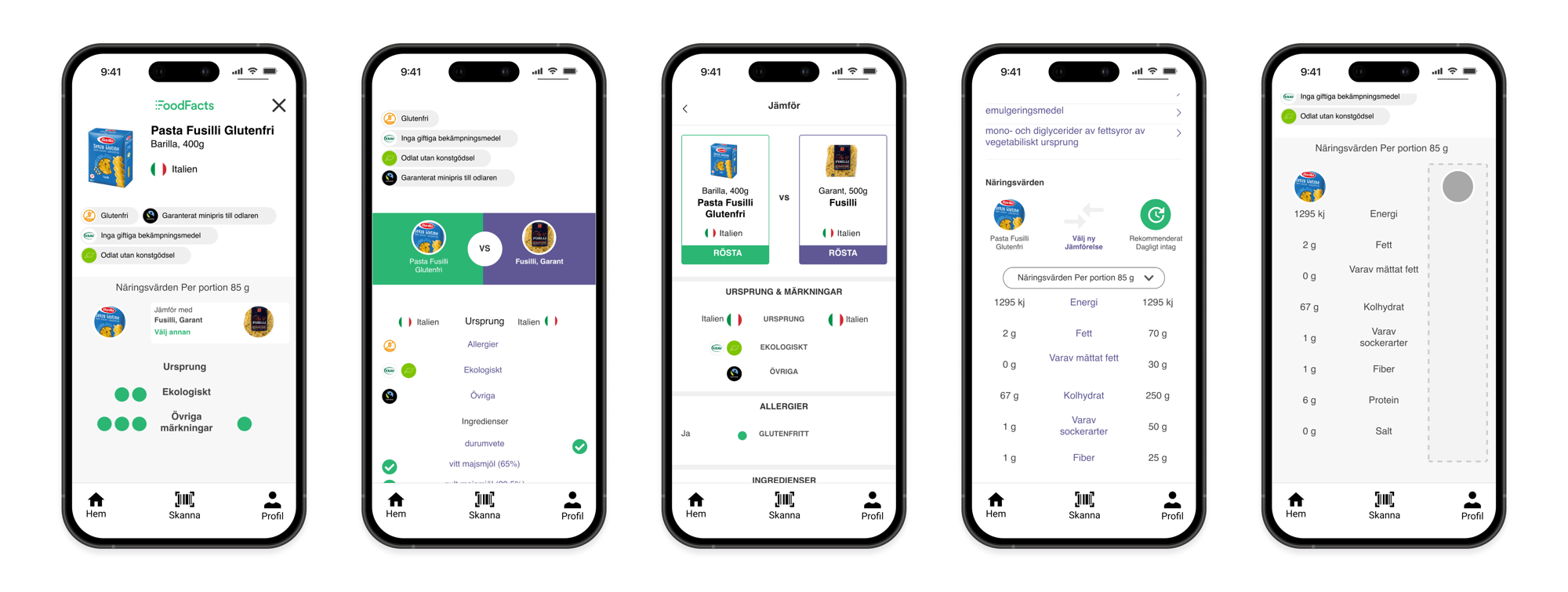
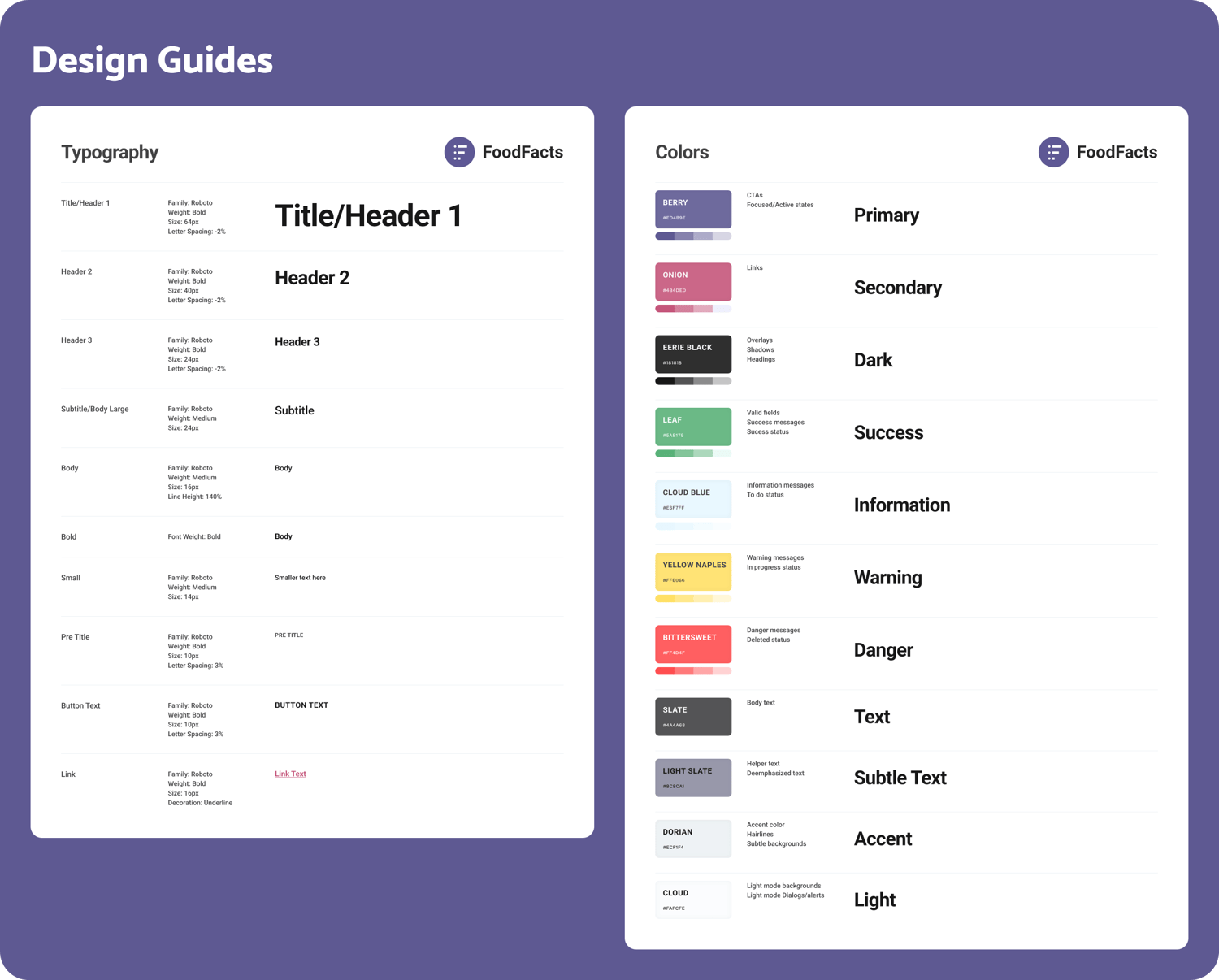
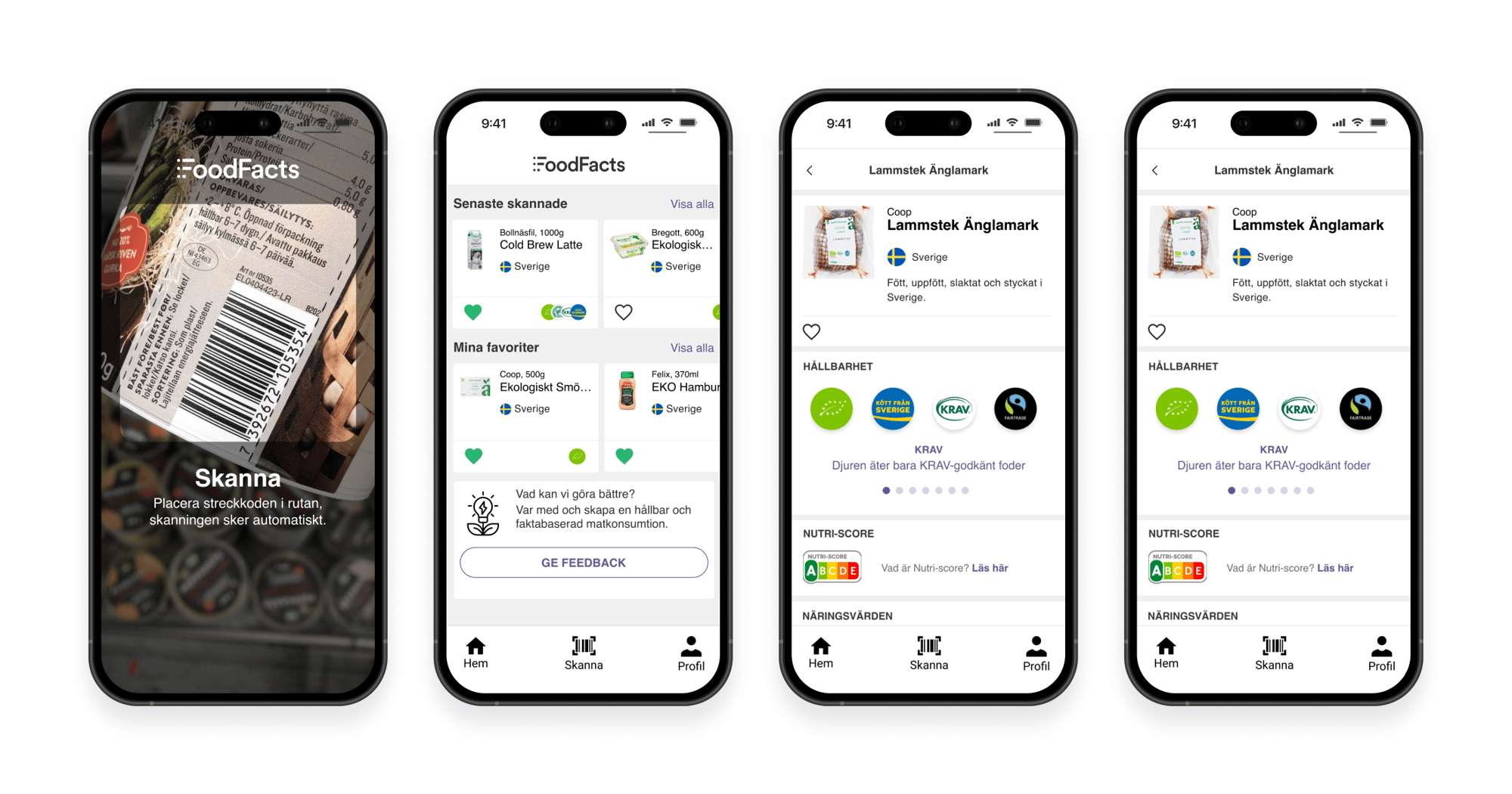
Development
Once the design was finalized, we collaborated with the development team to build the app for both iOS and Android platforms. We maintained continuous communication and iterative testing to ensure that the app functioned smoothly and met all user requirements.
By following this rigorous and user-centric process, we were able to create an app that not only addressed the initial problem but also provided a seamless and engaging user experience.
Resultat
The development and launch of the app provided invaluable insights for Food Facts. Although the app did not achieve the expected commercial success, it played a crucial role in deepening our understanding of consumer behavior and their interaction with food information.
Key outcomes included:
- Enhanced Consumer Insights: We gathered comprehensive data on how users interact with food facts, which unveiled critical aspects of their decision-making processes.
- Informing Future Strategies: The knowledge gained from this project has equipped Food Facts with actionable insights, enabling them to refine their product offerings and marketing strategies.
- User-Centered Design Validation: The iterative design and testing process validated our user-centered approach, ensuring that future developments are more aligned with user needs and preferences.
In summary, it was a significant learning opportunity that has paved the way for more informed and user-focused innovations at Food Facts.
Read more
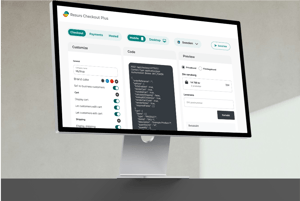
Design av helt ny checkout lösning, från discovery till design och implementation.
Read More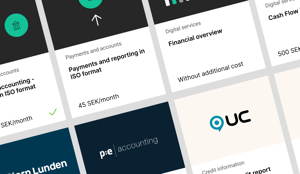
New service in SEB's Business Arena entrepreneur portal with digital onboarding flows for products and services from both SEB and external partners.
Read More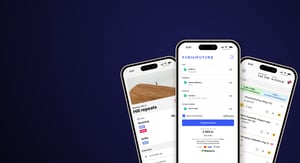
Mårten är en senior produkt designer och produktutvecklare med över 15 års erfarenhet.
Read More